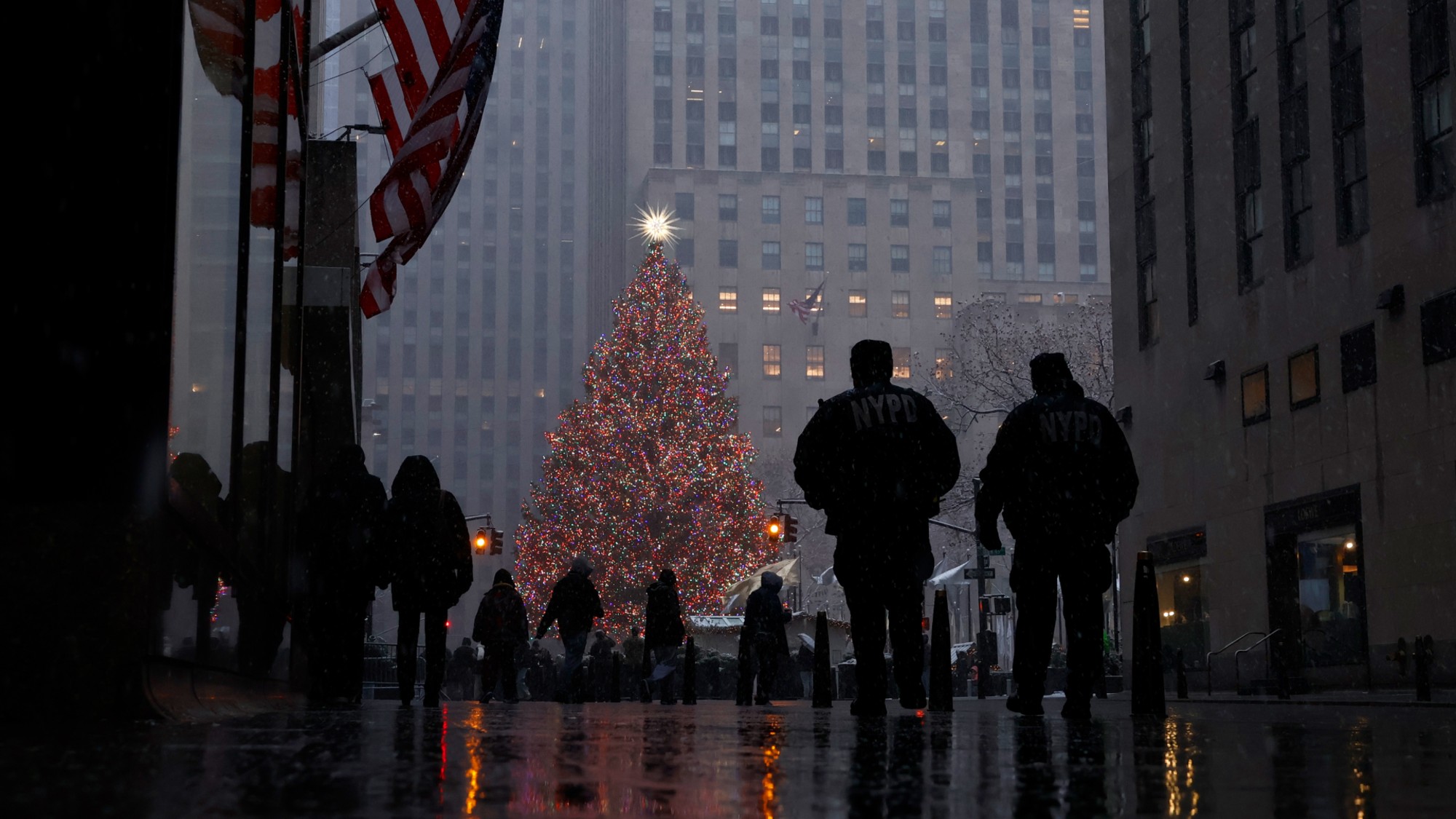Exhibit of the week: John Chamberlain: Choices
Though this impressive retrospective covers all of the artist’s styles, viewers are lucky for the space given to his crushed-car collages.
Solomon R. Guggenheim Museum, New York
Through May 13
John Chamberlain really had a way with crushed automobiles, said Karen Rosenberg in The New York Times. Beginning in the late 1950s, the recently deceased Indiana-born artist twisted, crushed, and folded spent car parts and then assembled them in abstract clusters that remain “both gorgeous and terrifying.” Chamberlain never did like being known merely as the car-crash guy. By the late ’60s, he was creating paintings on Formica and sculpting in foam rubber or Plexiglas. But even though this impressive retrospective works hard to honor each of the artist’s detours, viewers are lucky that the installation “affords plenty of space” to his trademark works. Appearing one after another on the curving interior ramp of the Guggenheim, “they look, inevitably, like mangled wrecks on a speedway”—as you’d hope Chamberlain would want them to. “The suggestion of sudden violence, whether car-generated or not, gives his art much of its power.”
The Week
Escape your echo chamber. Get the facts behind the news, plus analysis from multiple perspectives.

Sign up for The Week's Free Newsletters
From our morning news briefing to a weekly Good News Newsletter, get the best of The Week delivered directly to your inbox.
From our morning news briefing to a weekly Good News Newsletter, get the best of The Week delivered directly to your inbox.
As with most any career retrospective, this one has some weak spots, said The Economist. “At times, Chamberlain simply toyed too much with his sculptures,” creating works in midcareer that look merely ornamental and overwrought. But there’s evidence here that he’d completely regained form shortly before his death four months ago. Outside the museum, visitors are greeted by 2011’s C’ESTZESTY, a 20-foot obelisk of crumpled metal that looks “assured of its own visual strength.” Inside, works like HAWKFLIESAGAIN, from 2010, “exude a kind of graceful mass.” The secret isn’t in the materials, either. Chamberlain’s foam sculptures from the late ’60s “flirt with weight” too, “even if that weight is an illusion.” They “deserve more appreciation and critical regard.”
But his cars are all we’ll ever really need, said Peter Plagens in The Wall Street Journal. Long ago, some critics mislabeled Chamberlain’s early work as pop art, but those who instead classified him as an abstract expressionist working in three dimensions were closer to the truth. “The guy really knew his color”: His junkyard collages seem to give a viewer more varieties of red “than most painters could stir up in a week of trying.” Most of all, “he was a master at plucking the right part from the scrap heap and a genius at making it fit.” Fifty years after it was first shown, Chamberlain’s early work “looks as fresh—if not fresher—than anything that opened in a Manhattan gallery last Thursday night.” We don’t need to give this artist a label—except to simply say that he created “some of the best sculpture of the past 100 years.”
A free daily email with the biggest news stories of the day – and the best features from TheWeek.com
-
 How climate change is affecting Christmas
How climate change is affecting ChristmasThe Explainer There may be a slim chance of future white Christmases
-
 The MAGA civil war takes center stage at the Turning Point USA conference
The MAGA civil war takes center stage at the Turning Point USA conferenceIN THE SPOTLIGHT ‘Americafest 2025’ was a who’s who of right-wing heavyweights eager to settle scores and lay claim to the future of MAGA
-
 The 8 best drama movies of 2025
The 8 best drama movies of 2025the week recommends Nuclear war, dictatorship and the summer of 2020 highlight the most important and memorable films of 2025